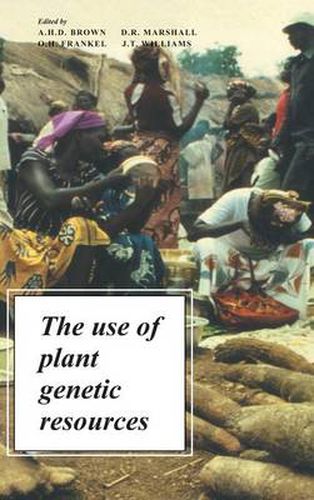Readings Newsletter
Become a Readings Member to make your shopping experience even easier.
Sign in or sign up for free!
You’re not far away from qualifying for FREE standard shipping within Australia
You’ve qualified for FREE standard shipping within Australia
The cart is loading…






This volume stresses the way in which the pool of plant genetic resources provides vital raw material for producing new and improved crops and as source materials for experimental biologists. The availability of germplasm - particularly from wild relatives of crop plants - has become increasingly important with the development of new technology. These sophisticated new techniques now enable the plant breeder to make even greater use of many of the beneficial characteristics found in wild plants - such as disease- and drought- resistance - and to transfer these characteristics to improve existing crops. The first four sections of the volume provide a detailed survey of the role of plant collections in research and breeding, some case histories for specific plants, guidance on the size and structure of plant collections, and, finally, the principles and strategies of evaluation. The last two sections look at wild relatives of crops and also the impact of new technology. The volume will be of use to plant breeders, crop scientists, conservationists and plant biologists.
$9.00 standard shipping within Australia
FREE standard shipping within Australia for orders over $100.00
Express & International shipping calculated at checkout
This volume stresses the way in which the pool of plant genetic resources provides vital raw material for producing new and improved crops and as source materials for experimental biologists. The availability of germplasm - particularly from wild relatives of crop plants - has become increasingly important with the development of new technology. These sophisticated new techniques now enable the plant breeder to make even greater use of many of the beneficial characteristics found in wild plants - such as disease- and drought- resistance - and to transfer these characteristics to improve existing crops. The first four sections of the volume provide a detailed survey of the role of plant collections in research and breeding, some case histories for specific plants, guidance on the size and structure of plant collections, and, finally, the principles and strategies of evaluation. The last two sections look at wild relatives of crops and also the impact of new technology. The volume will be of use to plant breeders, crop scientists, conservationists and plant biologists.